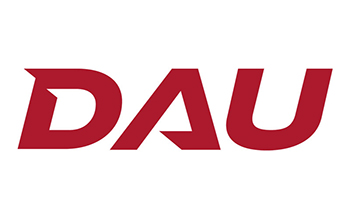NDIA IPMD Fall 2025: Pressure, Progress, and Possibility

The Fall 2025 NDIA IPMD Forum in La Jolla centered on a familiar trio—speed, transparency, and execution—against the backdrop of tightening budgets and rising expectations. Government and industry leaders were aligned on one message: move faster, keep data credible, and make oversight more effective without bogging teams down.
Day 1: Leadership, policy, and practical innovation
Kim Herrington opened with a focus on thought leadership and collaboration, acknowledging long-time board service and setting the tempo for committee work across Agile, CSDR, IPMDAR, and Planning/Scheduling.
Keynote speaker Peter Guinto underscored near-peer competition and the urgency to deliver capability quickly. The push is toward transparent negotiations with primes and suppliers, faster pricing realism, and sharper attention to munitions programs. The message wasn’t just “do more with less,” but “do it faster—and show your work.”
Standards work continued to inch forward. Updates to EIA-748 and related guidance are progressing, with digital engineering still a sticking point. Meanwhile, the Innovation Committee outlined a pragmatic plan for AI, machine learning, and data normalization—less slideware, more practical help for CAMs and analysts trying to turn disparate datasets into decisions.
The Clearinghouse session surfaced a growing pressure point: subcontractor EVMS surveillance. With corrective actions often routed through primes, the cost and complexity of ensuring consistent compliance down the chain is rising. Scheduling discussions explored constraints (including “deadlines”), baselining, and what “over target” should mean in practice—reinforcing the need for clear, tool-agnostic guidance.
Day 2: Speed at scale and oversight that keeps up
Jeannette Driscol was elected to the IPMD board, bringing a practitioner lens to execution and delivery.
In the morning keynote, Mike Atwood highlighted how rapid, affordable unmanned systems development is possible when programs pair credible plans with trust-based execution. Themes included scope deferral to protect speed, tighter prime–government collaboration, and selective use of AI to surface schedule reality from inside working files—not as a buzzword, but as an accelerant for decision-making.
DCMA’s Jorge Bennet laid out changes designed to make surveillance both sharper and more efficient. A tiered approach to DECM will concentrate attention where it’s most predictive while maintaining rigor across the lifecycle:
- Standard (60): drive the bulk of surveillance across 19 of 32 guidelines
- Conditional (10): triggered when a related Standard metric trips
- Low Priority (72): calculated, reviewed by exception
The throughline: clearer priorities, stronger subcontractor accountability, faster corrective action, and better use of data (including AI) to anticipate problems rather than just record them.
Why this matters
Across both days, three signals were hard to miss:
- Speed is now a requirement, not a talking point. Acquisition and execution tempo must increase without sacrificing credibility.
- Capability depends on fundamentals. As the workforce turns over, teams need practical training that sticks—so the basics (baseline integrity, schedule logic, variance discipline) don’t become bottlenecks.
- Data needs to travel well. Normalized, traceable data—across primes and subs—is the only way oversight can be both fast and fair.
How AzTech is responding
We’re focusing our clients on three concrete moves:
- Training that builds confidence in the basics. AIU (AzTech International University) delivers EV fundamentals in a clear, engaging way so teams can apply the core concepts under pressure.
- Workflows that stand up in reviews. From schedule logic to variance narratives, we help programs tighten the everyday processes that make surveillance less disruptive.
- Tools that reduce rework. Our approach emphasizes data quality and traceability, so you spend less time explaining and more time executing.
If you’d like a deeper dive on the DECM tiering changes, training options, or schedule/data readiness, let’s talk about what fits your program: Contact Us!
Subscribe to our Newsletter:




